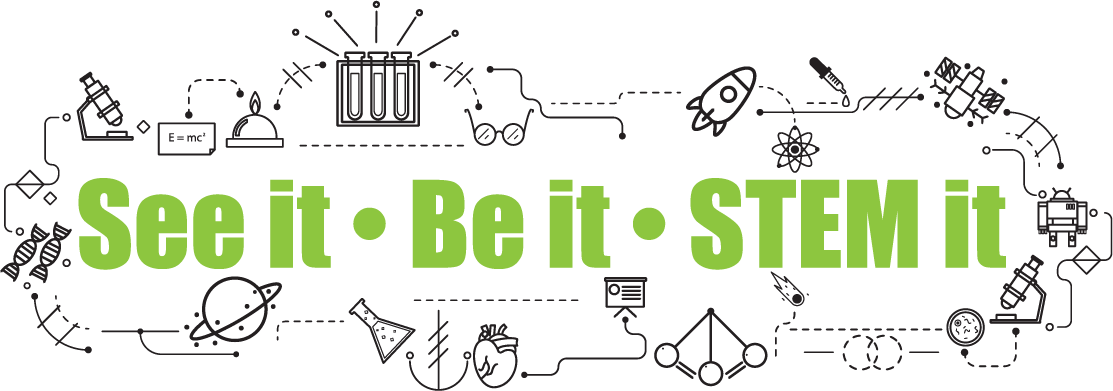Meet Glynis Perret
Before becoming a Physics and Mathematics teacher at St. John’s-Kilmarnock School, Glynis was a planetary scientist studying the geochemistry of Martian rocks and soils that were analyzed by the Alpha Particle X-ray Spectrometer (APXS) instruments on-board the Mars Exploration Rover and Mars Science Laboratory rover missions. Glynis obtained her undergraduate degree in Physics and Geology from the University of Guelph. It was here that she learned about the APXS instrument team that was based at the university. Combining her interests in Physics and Geology, she pursued a PhD in Geochemistry, again at the University of Guelph, in the APXS research group. After she completed her graduate studies, Glynis moved to upstate New York where she worked at Cornell University as a research scientist. Working under the renowned Mars scientist, Dr. Steven Squyres, she continued to explore Mars as a science and operations team member for both MER and MSL rovers. Despite her love of research and the red planet, Glynis realized that her true passion lay in teaching and promoting equity for females in STEM. As a Physics and Mathematics teacher Glynis is able to fulfill both of these passions.
In her free time, she enjoys yoga, reading, hiking, knitting, star gazing, and spending time with her boys. (husband, son, dog and cat).
Physics and Mathematics teacher, St-John’s-Kilmarnock School
Bachelor of Education, Queen’s University, 2019
PhD, Geochemistry, University of Guelph, 2015
Bachelor of Science, Physics and Geology, University of Guelph, 2009
What has been your biggest challenge and how did you deal with it?
The biggest challenge that I have faced was gender-related while I was in academia. My work and ability was often judged based on the fact that I was female. Some male colleagues felt they could treat me differently and talk down to me, and they would ask me to fill traditional, stereotypically female roles at work despite my more senior role than other male colleagues. I felt, and still do feel, that I would have a more positive impact on improving gender inequity in STEM fields if I became a high school teacher. I could be a positive female role model for young aspiring female scientists, bring awareness to all of my students about gender inequity in STEM, and provide students with positive actions they can take to be most successful and supportive in their future STEM careers.
What do you love about your work?
I love seeing the lightbulb moments in students when they finally understand a concept. That is by far the most rewarding part of my job. I love having fun conversations about science and math with my students and colleagues and I love hearing from my students about their post-secondary aspirations and sharing in their excitement when they get accepted to their dream university or college.
What do you think is the biggest misconception about women in STEM?
I think young girls are given a narrative from society that they are not as good as boys at STEM activities. Engineering and science-based toys are often marketed to boys, not to girls. I think the biggest misconception about women in STEM starts at a young age and it is that females are just not as interested in STEM as boys. This is fundamentally untrue and it is the beginning of the hurdles that females must jump through to have success in STEM fields.
“Here I am in grade 4 at my school’s science fair, proudly wearing the winning t-shirt design that I created. These annual science fairs were, and continue to be, a huge inspiration and motivator for my love of STEM. In fact, I am currently the organizer for the same science fair that I once participated in at my old school, SJK!”
-Glynis




